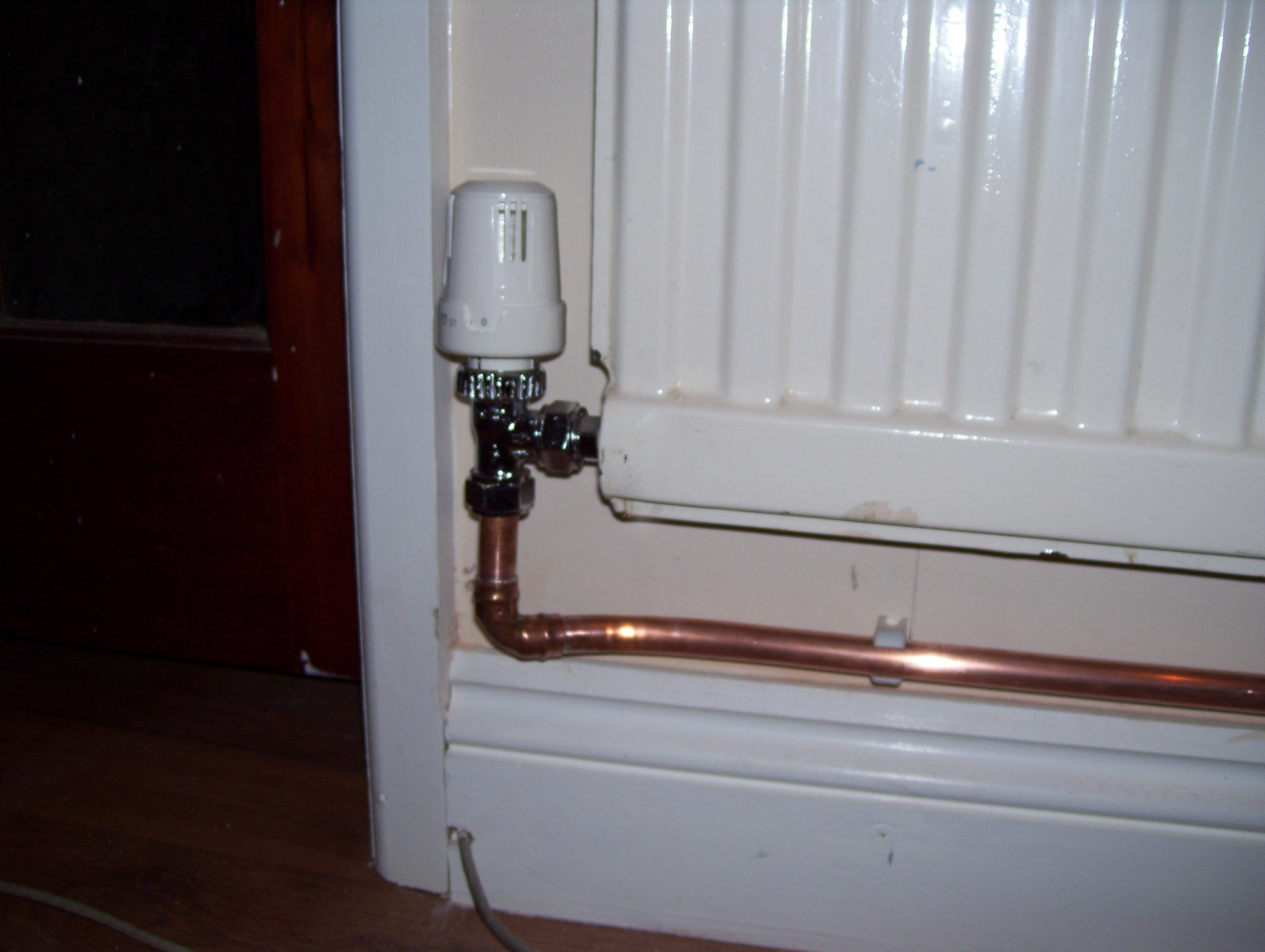Hiya, novice here, be gentle.
I am installing a radiator in my hall, and the pipes drop from the ceiling, and then run horizontally to the rad. The rad has angled valves.
With the horizontal run fitted along the wall, the valve positions are slightly forward of the run, so I want to bend the end of the pipe away from the wall and add an elbow, so it meets the fitting.
I was thinking of fitting a slightly longer pipe to the wall, bending it in situ, to about 45 degrees with a spring, and then cutting it back to align it with the valve. I could then add an elbow, with a short length of pipe, or a street fitting to join up to the valve.
Is there a better way? I don't plan doing (much) more plumbing, so didn't want to invest in a proper pipe bender.
Thanks.
I am installing a radiator in my hall, and the pipes drop from the ceiling, and then run horizontally to the rad. The rad has angled valves.
With the horizontal run fitted along the wall, the valve positions are slightly forward of the run, so I want to bend the end of the pipe away from the wall and add an elbow, so it meets the fitting.
I was thinking of fitting a slightly longer pipe to the wall, bending it in situ, to about 45 degrees with a spring, and then cutting it back to align it with the valve. I could then add an elbow, with a short length of pipe, or a street fitting to join up to the valve.
Is there a better way? I don't plan doing (much) more plumbing, so didn't want to invest in a proper pipe bender.
Thanks.
Last edited:







